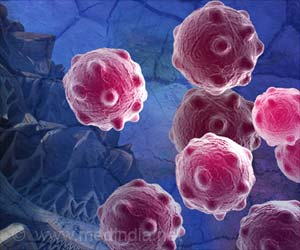Whole genome sequencing assesses tumor evolution, identifies structural issues and hopefully gains new therapeutic insights, said researchers.

TOP INSIGHT
A new study has discovered many of the issues in classic Hodgkin Lyphoma, as well as finding mutational signatures associated with chemotherapy.
While exome sequencing has been extremely fruitful, detecting point mutations and other variants that propel cancers, it paints an incomplete picture. Mutations in noncoding genomic regions can also govern gene expression. In addition, WGS identifies a wide range of structural variations, including chromothripsis, in which damaged chromosomes look like they’ve been hit by sledgehammers.
Genomic Landscape of Hodgkin Lymphoma
Perhaps most importantly, WGS provided temporal insights into how the cancers evolved. Reconstructing tumor chronology could play a major role in treatment selection.“It’s important to know how a tumor developed over time,” said Dr. Francesco Maura, co-leader of the Myeloma Genomic Lab at Sylvester, assistant professor of medicine, and first author of the study. “We need to know which mutations were acquired and in what order. If we prescribe a targeted therapy, we want it to target genomic alterations that are shared throughout the tumor, rather than the subclones that came later and are relatively rare.”
For this proof-of-concept study, the researchers invented a sophisticated system making it possible to isolate and study the rare Hodgkin and Reed Sternberg cells found in classic Hodgkin lymphoma (cHL). They believe this approach, combined with WGS, could provide many new insights into cHL and other cancers.
“Cancers are incredibly complex diseases, and we still have a long way to go before we fully understand them,” said C. Ola Landgren, M.D., director of the Myeloma Research Institute, co-leader of Translational and Clinical Oncology Research Program, and co-author on the study.
Source-Eurekalert
 MEDINDIA
MEDINDIA



 Email
Email








